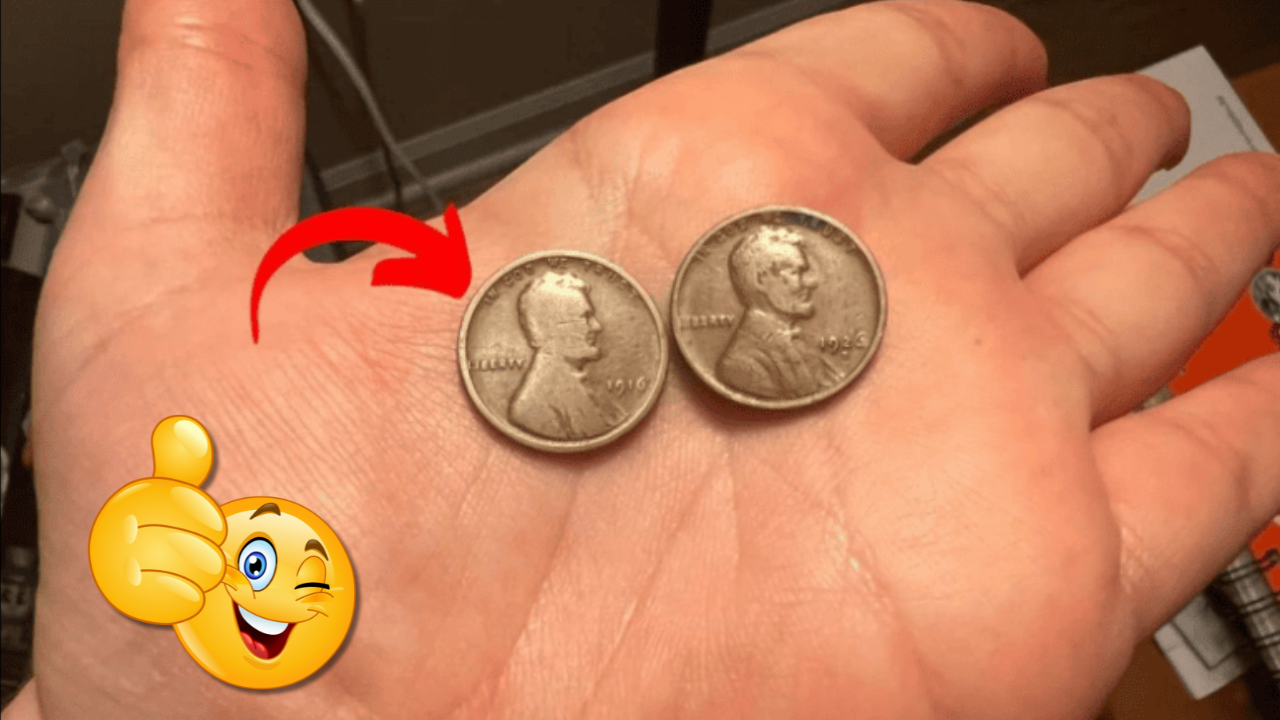Finding a rare coin in your pocket change may seem like a fantasy, but it has happened — and it could happen to you. One of the most famous examples is the 1943 Lincoln Wheat Penny made of bronze instead of steel. Worth up to $1,000,000, this tiny copper coin is a dream for collectors and a potential life-changer for anyone lucky enough to find one.
Below, we’ll explore how this rare penny came to be, how to identify one, and what steps to take if you think you have a valuable coin hiding in your collection.
What Makes the 1943 Bronze Wheat Penny So Valuable?
During World War II, the U.S. Mint faced copper shortages and switched to producing pennies using zinc-coated steel in 1943. However, a small number of leftover bronze planchets — used in 1942 — were mistakenly used in 1943, resulting in the now-famous 1943 bronze Lincoln Wheat Penny.
These error coins are rare — fewer than 20 confirmed examples exist — and collectors are willing to pay a premium. One of these pennies fetched over $1 million in a private sale.
How to Identify a 1943 Bronze Wheat Penny
Think you might have one of these rare coins? Here’s a step-by-step guide to help you identify it:
| Feature | Bronze Penny | Steel Penny |
|---|---|---|
| Color | Brown or copper | Grayish or silver |
| Magnet Test | Does NOT stick to magnet | Sticks to magnet |
| Weight | Approx. 3.11 grams | Approx. 2.7 grams |
| Year Mark | Clearly marked “1943” | Clearly marked “1943” |
| Mint Mark | May show “D” (Denver), “S” (San Francisco), or no mark (Philadelphia) | Same |
If your 1943 penny is brown and does not stick to a magnet, that’s a promising sign. A digital scale can further confirm if the weight matches the bronze standard.
Where to Authenticate and Sell Rare Coins
If you believe you have a valuable coin, your next step is authentication. Reputable services include:
They will examine your coin, determine if it’s genuine, and assign a grade, which greatly affects its value.
Once authenticated, you can sell your coin through:
- Auction houses like Heritage Auctions or Stack’s Bowers
- Online marketplaces like eBay, but only after proper authentication
- Coin shows or dealers specializing in rare coins
Avoid local pawn shops or non-specialist buyers who might offer far below market value.
Common Wheat Pennies That May Have Value
While the 1943 bronze penny is the star, other Wheat Pennies can be valuable depending on rarity, condition, and mint mark. Look out for:
- 1909-S VDB – Key date with high value
- 1914-D – Rare and in high demand
- 1922 No D – Mint error variety
- 1955 Doubled Die – Strong visible doubling on the date
Condition and authenticity are critical — coins in better shape with minimal wear always fetch more.
The Possibility of Finding One Today
Yes, experts believe that a few 1943 bronze Wheat Pennies are still unaccounted for. They could be sitting in a coffee can, old coin jar, or a grandparent’s collection. Stories of people discovering them decades later continue to surface.
So whether you’re a seasoned collector or just cleaning out the garage, checking your pennies could be more than just nostalgic — it could be life-changing.
FAQs
What should I do if I think I have a rare coin?
Start with the magnet test and weight check, then contact PCGS or NGC for professional authentication.
Are all 1943 pennies valuable?
No — most are steel and worth less than a dollar. Only the bronze ones are highly valuable.
How do I sell my valuable coin?
Once authenticated, use a reputable auction house or rare coin dealer. Avoid selling without proper certification.
Can I find a 1943 bronze penny in circulation?
While rare, a few may still be out there. Check your change, coin jars, and inherited collections
Is a 1957-D Wheat Penny worth anything?
Most are common and worth only a few cents unless in uncirculated or mint condition.
